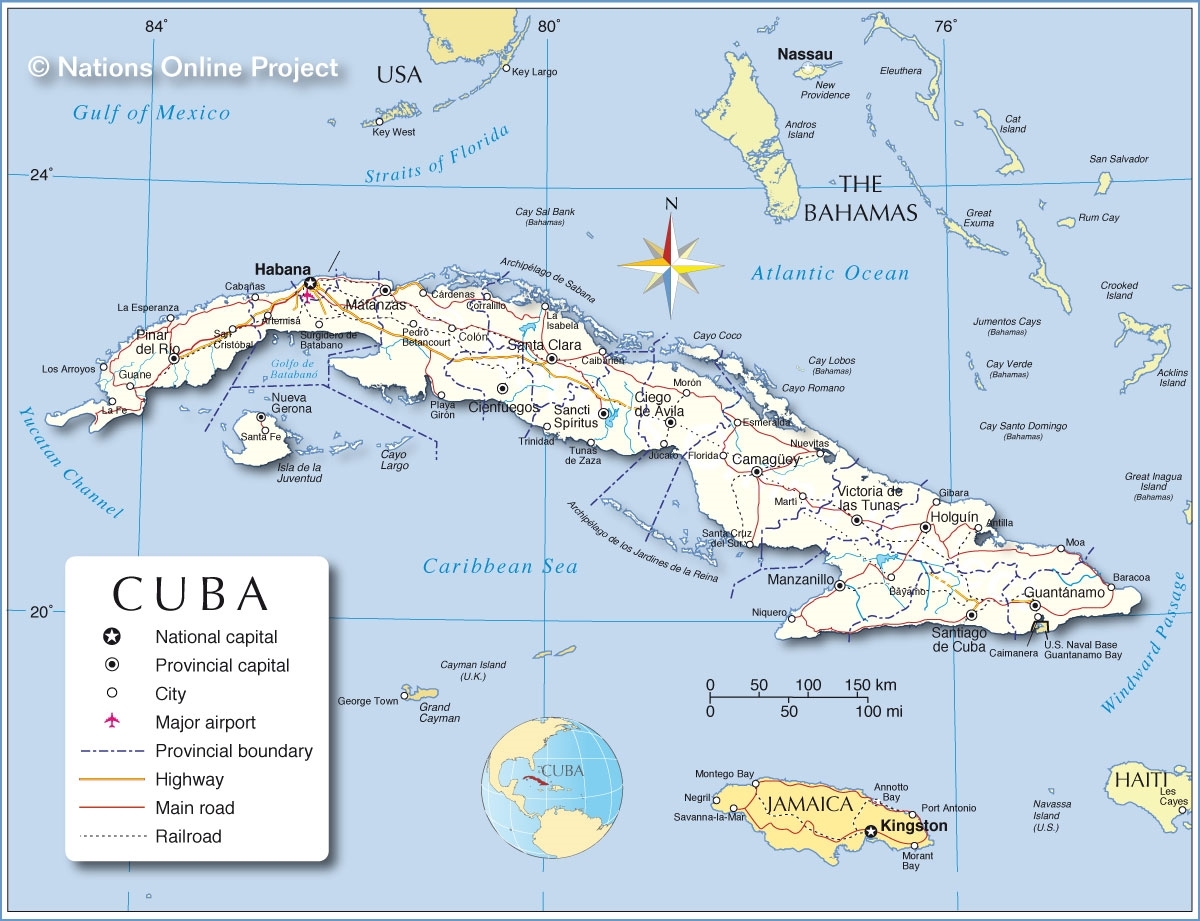Operational Challenges For Airlines With Routes To Cuba
/There is a ninety (90) day "use or loose" component of the United States Department of Transportation (DOT) route application process. Routes awarded to air carriers generally must be used within a certain period or the routes revert to the DOT for further distribution.
The route pleadings for flights from the United States to Havana are oversubscribed by more than 200% while the routes for the outlying cities are oversubscribed.
For passengers, round-trip flights from the United States to the Republic of Cuba may be 30% to 50% below existing levels.
The government of the Republic of Cuba is seeking to funnel passengers to airports outside of Havana, but existing United States law does not authorize leisure (tourist) travel to the Republic of Cuba. Most visitors from the United States on approved journeys want to include and/or need to include Havana due to historical and cultural venue locations. Most of the Republic of Cuba's one-star to three-star all-inclusive tourism-focused hotels are located outside of Havana.
Challenges to the route application process will be how the DOT manages any pleading from the non-legacy, including secondary-market air carriers Alaska Airlines, Eastern, Frontier, Sun Country, Spirit, Southwest, Dynamic, Frontier, etc.. They will argue for representation among the route authorities. But, the majority of their passengers are seeking low airfares and may focus upon leisure travel (vacations) to the Republic of Cuba, which are not permitted under United States law. Will they be financially able to commit resources to regularly-schedule operate flights that could be unprofitable?
There will be operational challenges for each of the United States air carriers that receive approval from the DOT for regularly-scheduled airline services from the United States to the Republic of Cuba.
The airlines are likely to seek authorization from the government of the Republic of Cuba to install satellite-based high-speed internet services for use by ticketing agents at each of the to-be-serviced airports.
The airlines are seeking to have the government of the Republic of Cuba introduce electronic visas, rather than the paper visas currently used for passengers.
The airlines are likely to request authorization from the government of the Republic of Cuba to establish offices in Central Havana; likely at a hotel, such as the Nacional. Given that American Airlines is expected to receive the majority of routes from the DOT given the importance of its operational at Miami International Airport (MIA), where the majority of individuals of Cuban descent reside, American Airlines would be expected to be the first airline with a non-airport based ticket office in the Republic of Cuba.
American Airlines is seeking approximately 50% of the flight routes from the United States to Havana as not only will individuals of Cuban descent be using the flights from MIA, but authorized travelers using cruise ships will transfer through MIA.
The airline receiving DOT authority to operate the most number of flights will be non-voluntarily subsidizing the other airlines' staff training programs and the training programs for all Republic of Cuba airport employees simply because the airline will have the largest number of employees to train and they will, in turn, share their knowledge.
The government of the Republic of Cuba is planning to construct a new terminal (or a transformation of an existing structure) at Jose Marti International Airport that would focus upon air carriers from the United States. This terminal would have a membership club, likely an American Airlines Admirals Club of United Airlines United Club.
The airlines will request that all flights use Terminal 3, the terminal with jet bridges, a more efficient baggage transfer system, higher quality passenger amenities, and better infrastructure for airline ticket counters. Currently, flights from/to the United States use Terminal 2, which is inefficient, old, and without current operational necessities.
Currently, an aircraft arriving from the United States and then returning to the United States requires at least two hours; the air carriers need that turnaround to be reduced to one hour.
The airlines also want another runway constructed at Jose Marti International Airport.
The government of the Republic of Cuba may have capacity to initially authorize all of the requested routes to become operational due to infrastructure issues.

